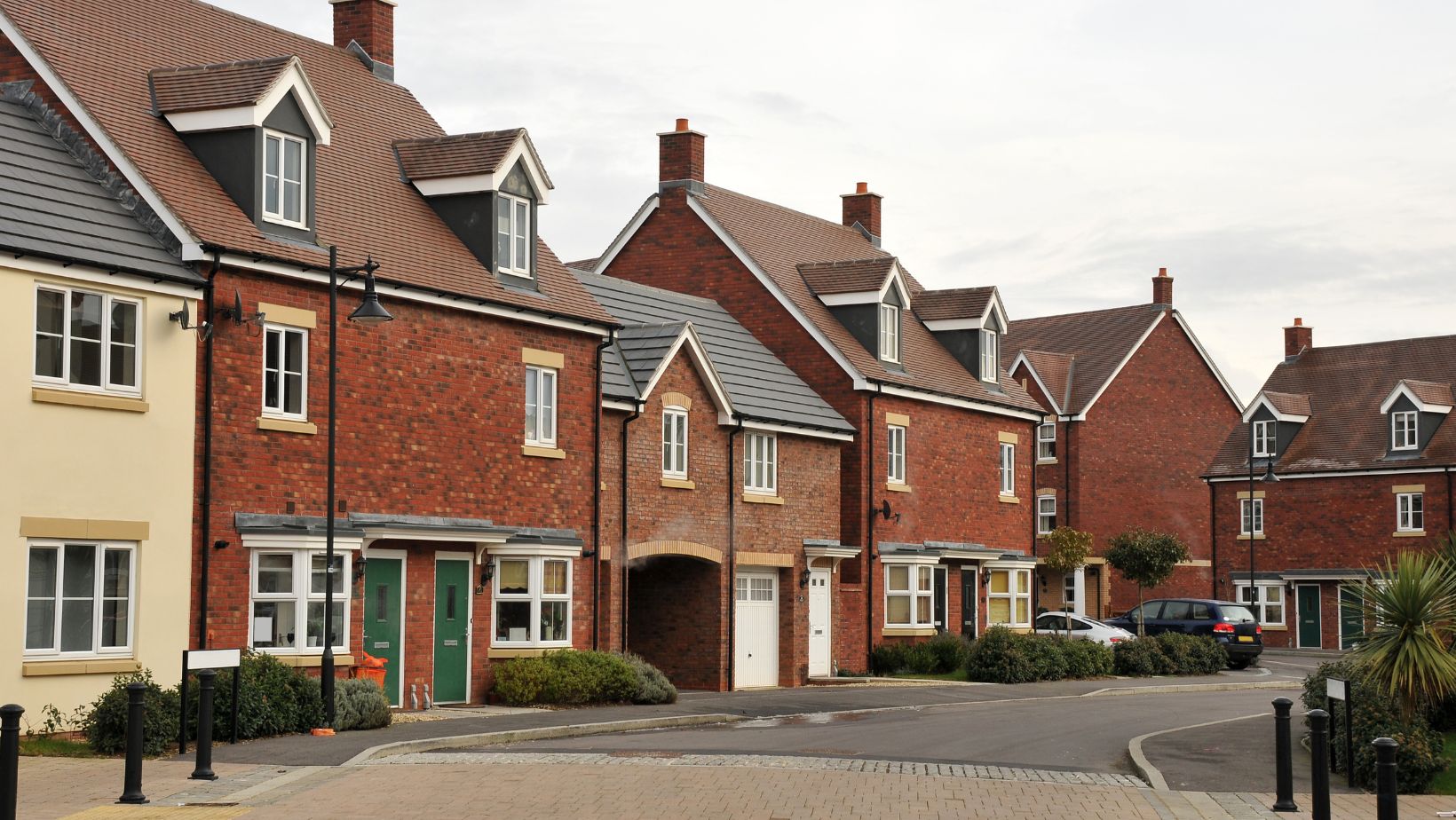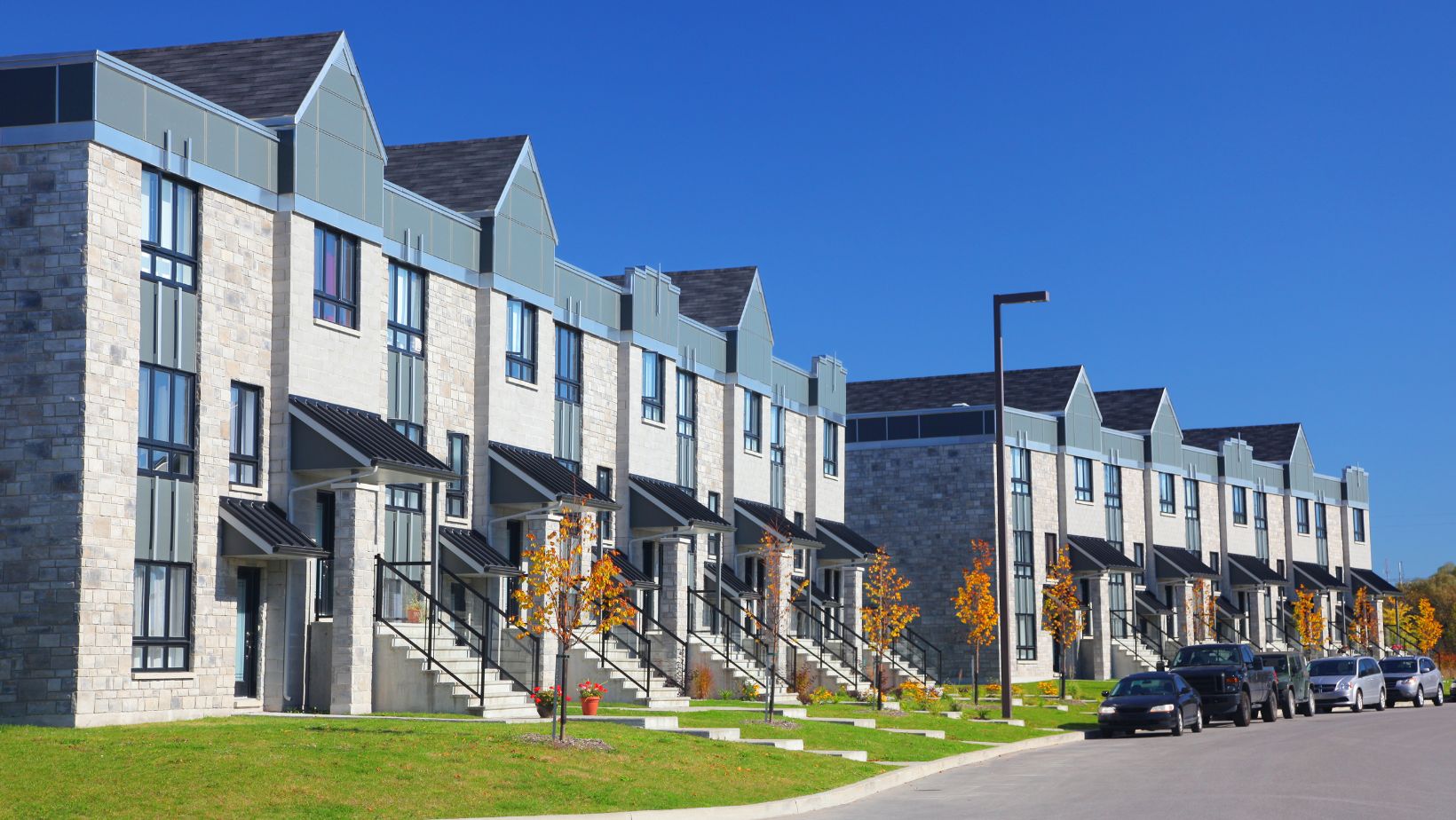How Neighborhoods Can Influence Your Housing Choice

When choosing a place to live, the characteristics of a neighborhood can significantly impact your decision. Understanding how factors like safety, community initiatives, and neighborhood reputation influence your housing choice is essential.
As you explore options for your next home, whether purchasing or considering properties for rent, it’s crucial to evaluate how neighborhoods can shape your living experience. This article delves into the various aspects of neighborhoods that can affect your housing decision, ensuring you make a choice that aligns with your lifestyle and safety preferences.
Understanding Crime Rates and Their Impact on Housing Choice
Crime rates are a critical factor when considering where to live. High crime areas can deter potential residents due to concerns about personal safety and property security. Researching local crime statistics through reliable sources, such as law enforcement websites or neighborhood watch groups, can provide valuable insights into the safety of a neighborhood.
When evaluating crime data, it’s important to consider both violent and property crimes. These factors can influence your perception of safety and the overall desirability of a neighborhood. Additionally, observing trends over time can help determine whether an area is improving or declining in terms of safety, which can be a decisive factor in your housing choice.
Modern technology has revolutionized how potential residents can assess neighborhood safety. Many cities now offer interactive crime mapping tools and mobile applications that provide real-time updates about criminal activities in specific areas. These digital resources allow you to analyze patterns, such as the frequency of specific types of crimes and their proximity to potential housing locations. Additionally, many police departments maintain active social media presence where they share safety updates and crime prevention tips, providing another valuable source of information for those evaluating neighborhood safety.
The Role of Community Initiatives in Shaping Neighborhood Appeal
Community initiatives play a significant role in enhancing neighborhood safety and appeal. Programs like neighborhood watch groups, volunteer patrols, and local safety committees encourage resident participation in creating a secure environment. These initiatives not only deter crime but also foster a sense of community and belonging.

Engaging with local initiatives can provide insights into how proactive a community is about its safety concerns. Neighborhoods with active participation in such programs often experience stronger community ties, making them more attractive to potential residents.
Beyond safety-focused initiatives, many neighborhoods are developing innovative community programs that enhance quality of life. These might include community gardens, local farmers’ markets, cultural festivals, and youth mentorship programs. Such initiatives often indicate a strong social fabric and committed residents who are invested in their community’s future. Research shows that neighborhoods with diverse community programs tend to experience lower crime rates and higher resident satisfaction, making them particularly attractive to potential homebuyers or renters seeking a vibrant, engaged community.
Assessing Neighborhood Reputation and Its Influence on Housing Decisions
The reputation of a neighborhood can greatly influence your housing choice. Areas with positive reputations often attract more interest, leading to higher property values and better amenities. Understanding a neighborhood’s reputation involves consulting various sources, such as online forums, social media groups, and word-of-mouth from current residents.
While assessing reputation, consider future prospects as well. Neighborhoods undergoing revitalization projects or experiencing economic growth may see improvements in their reputation over time. Investing in such areas could offer both safety benefits and potential financial opportunities.
Practical Tips for Evaluating Neighborhoods
Before making a housing decision, visiting potential neighborhoods at different times can provide a clearer picture of their dynamics. Observing activities during both day and night can help assess how safe and comfortable you feel in the area.
Engaging with locals offers additional insights beyond general observations. Residents can share firsthand experiences about recent changes, such as new businesses or increased police presence, which may not yet be reflected in broader reports. Comparing average rental costs with perceived safety levels can also reveal underlying issues, helping you make a more informed housing choice that aligns with your lifestyle goals.


 Minimalist Shirt Design: Mastering Timeless Style with Less Effort
Minimalist Shirt Design: Mastering Timeless Style with Less Effort  Roof Repair Costs in Brisbane: What You Need to Know
Roof Repair Costs in Brisbane: What You Need to Know  Bubbles, Blooms, and Balance: Keeping Your Outdoor Oasis Trouble-Free
Bubbles, Blooms, and Balance: Keeping Your Outdoor Oasis Trouble-Free